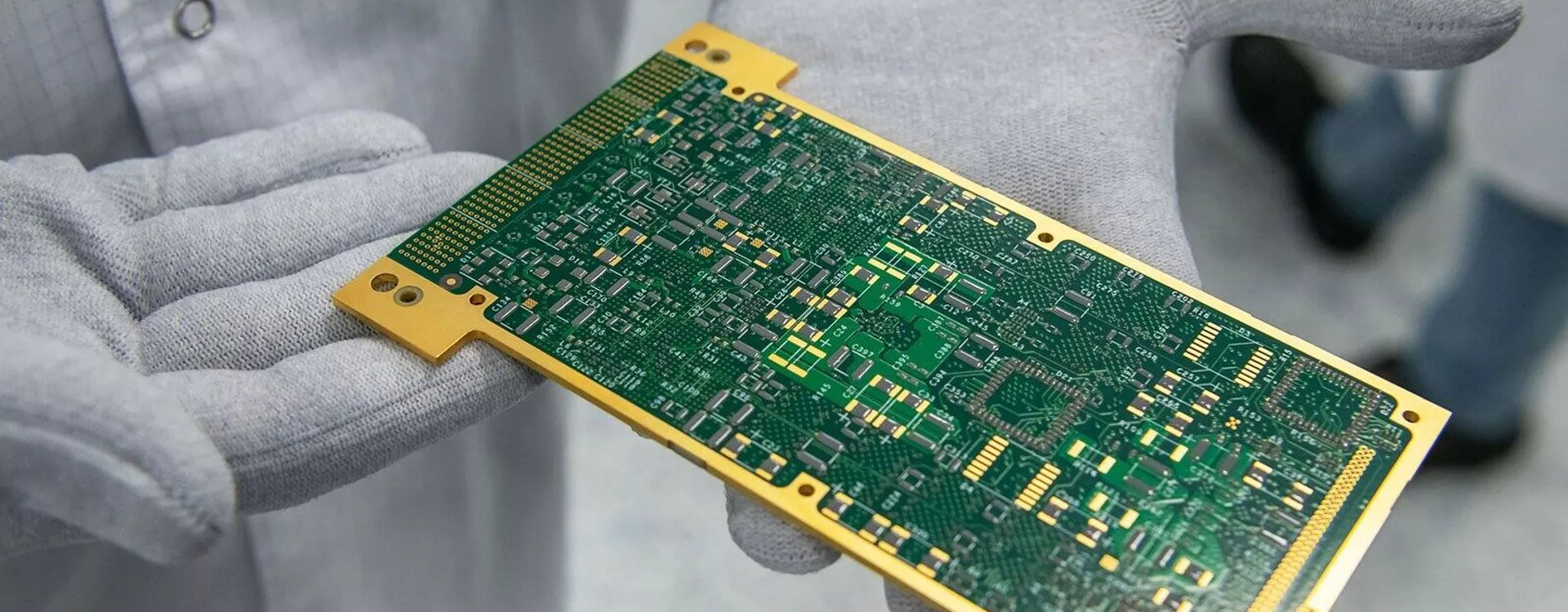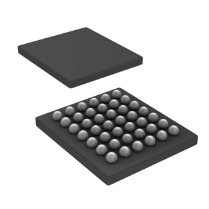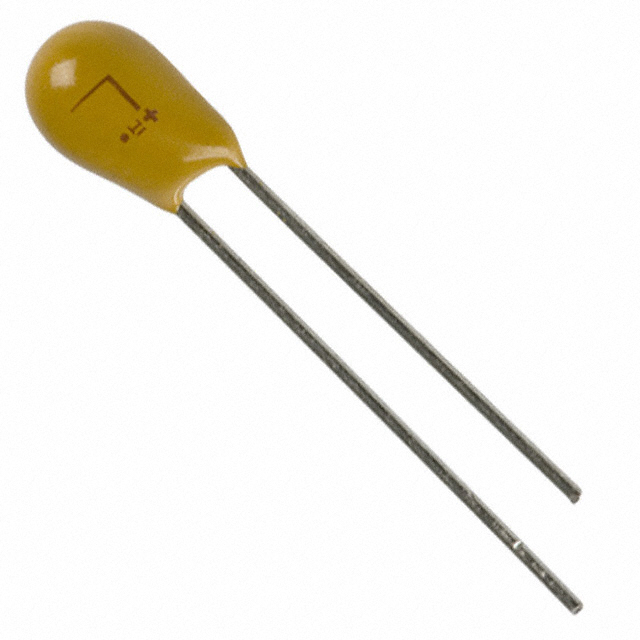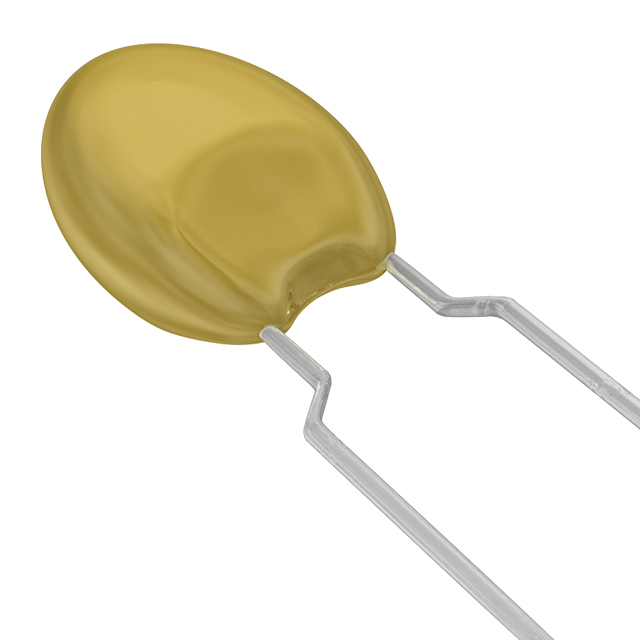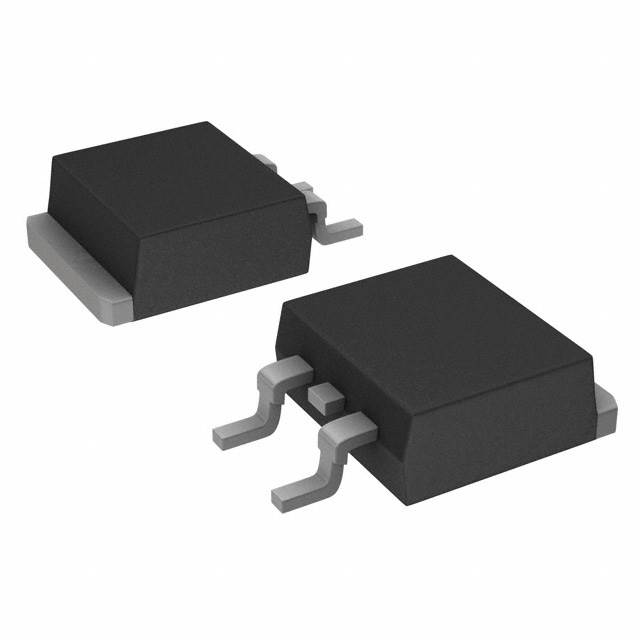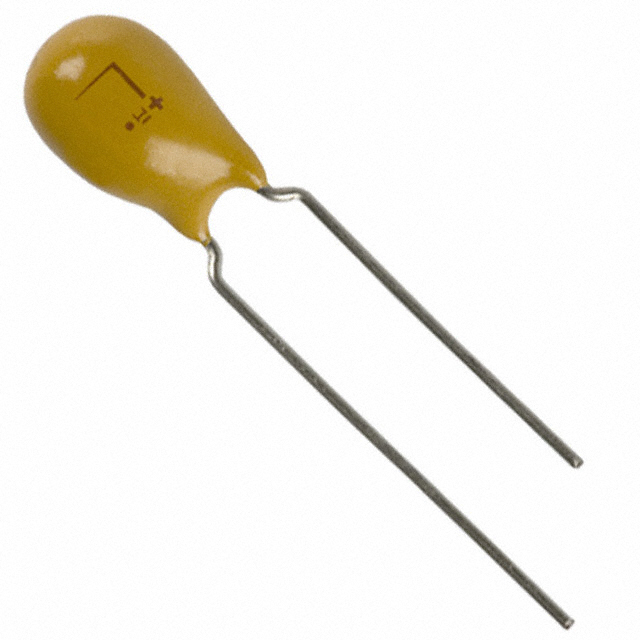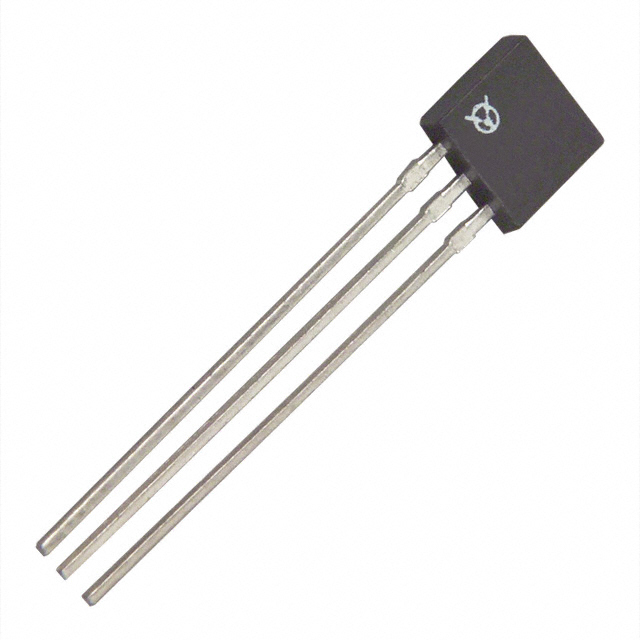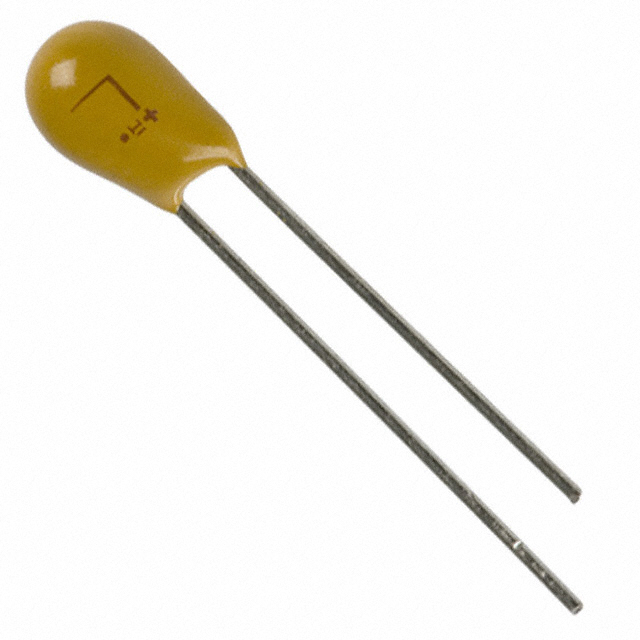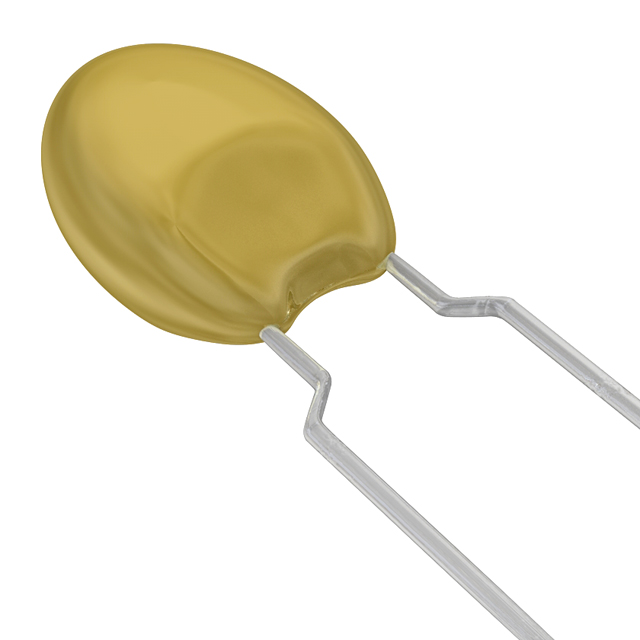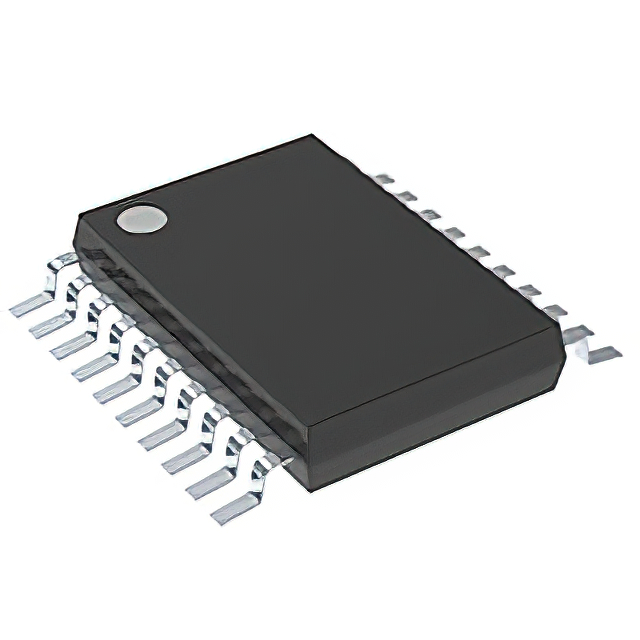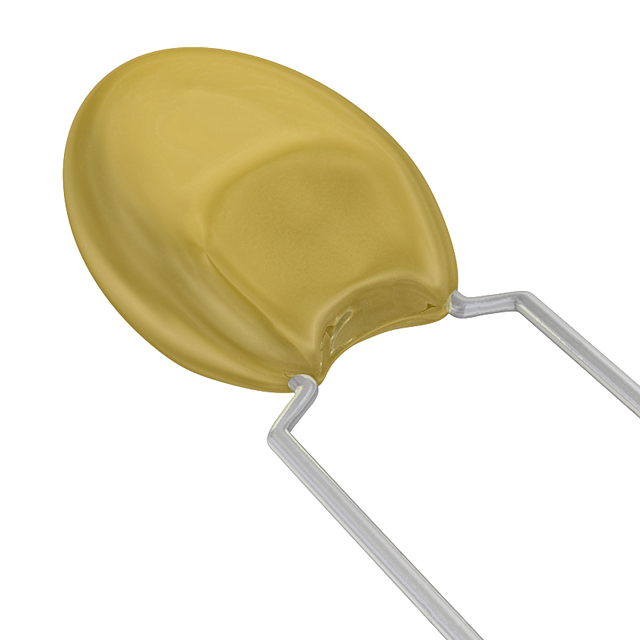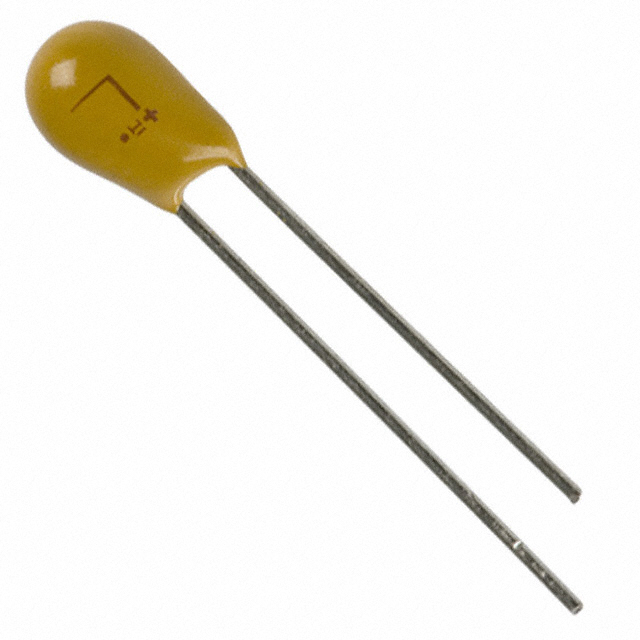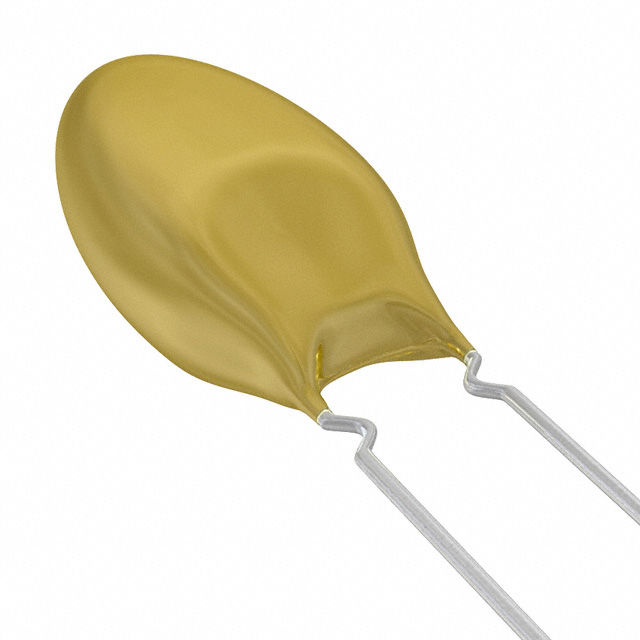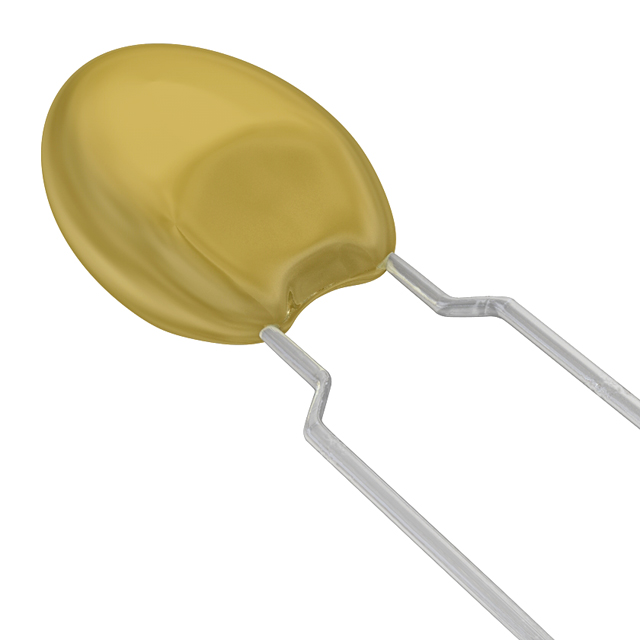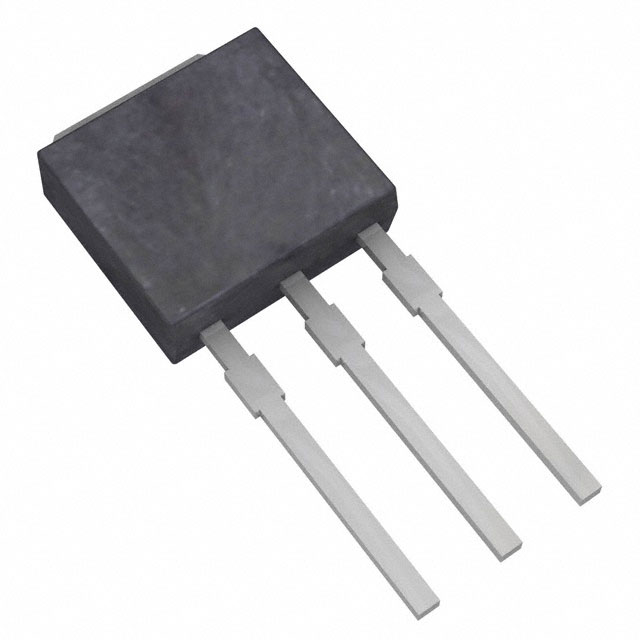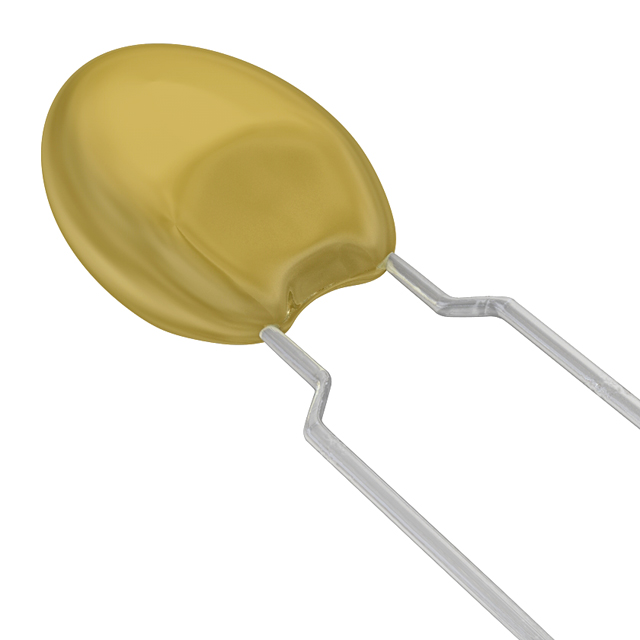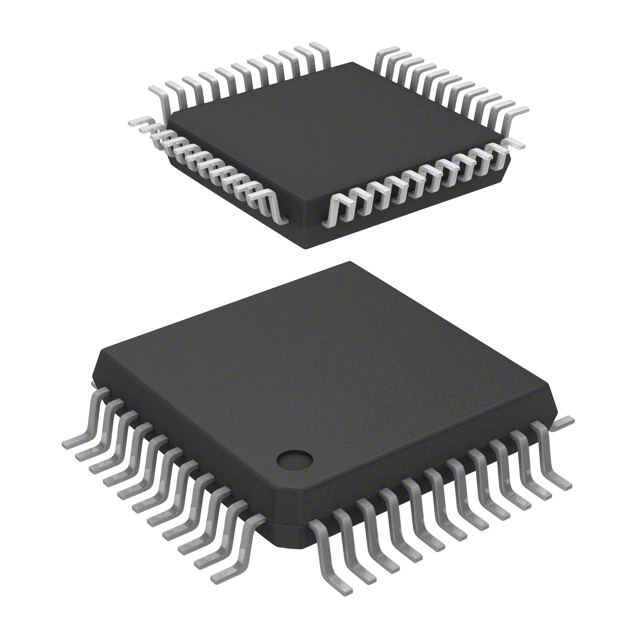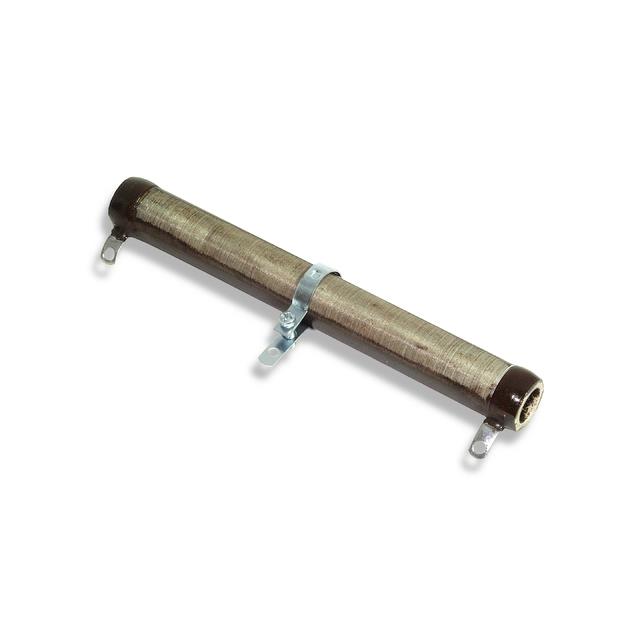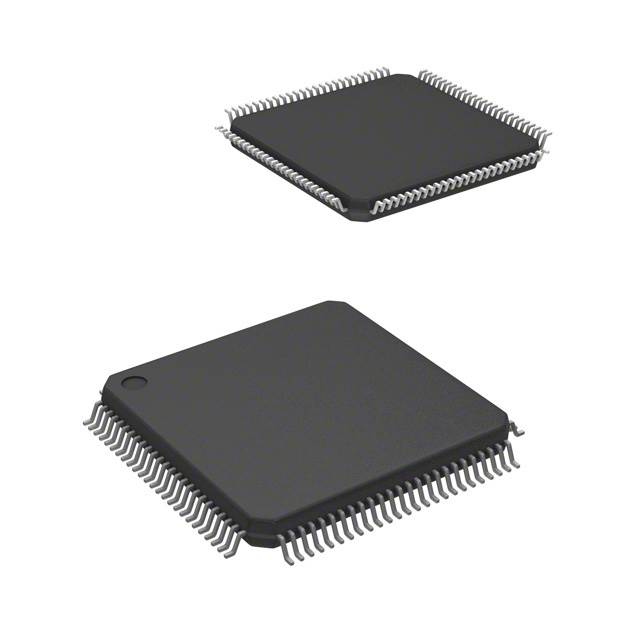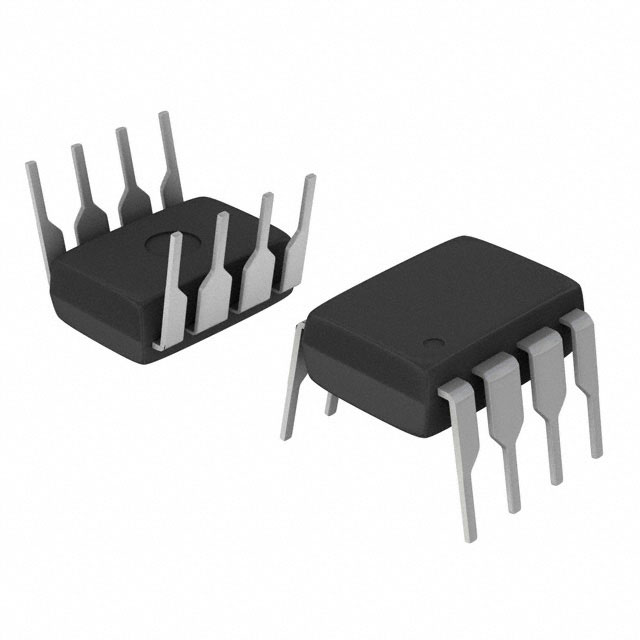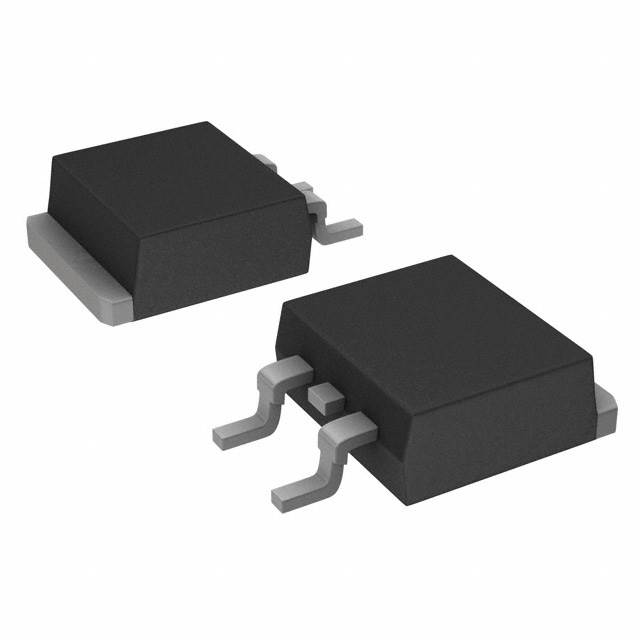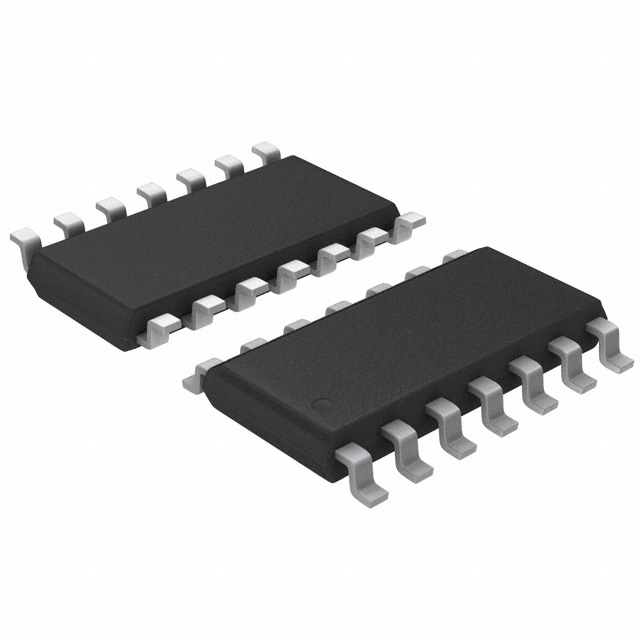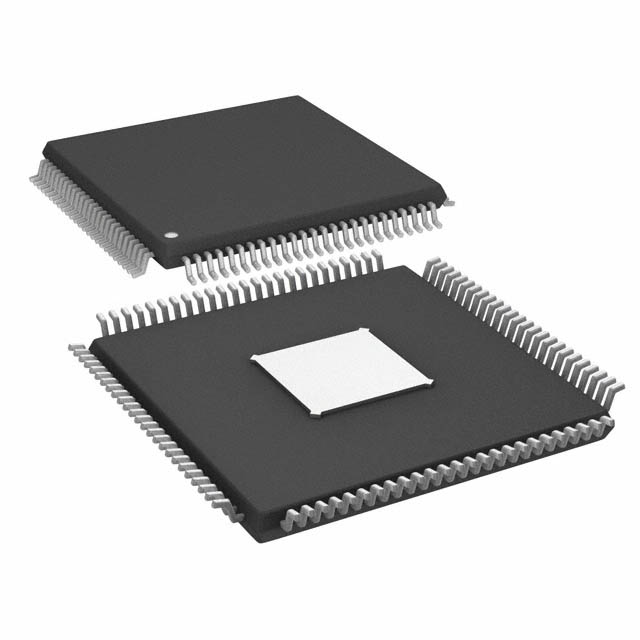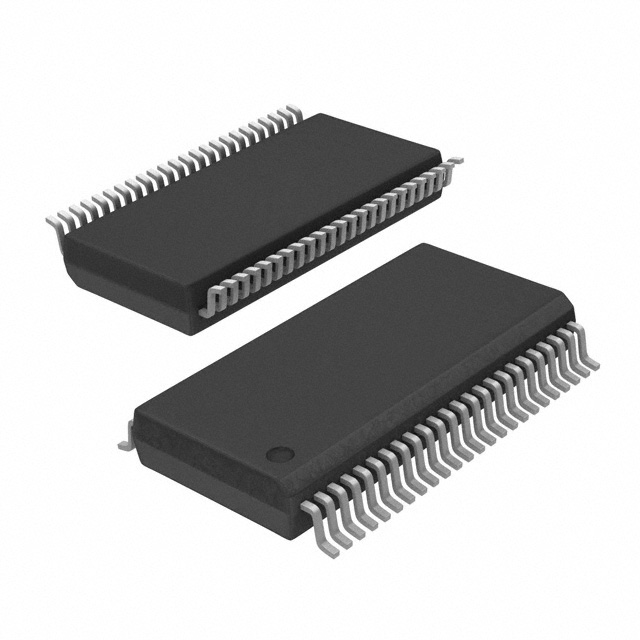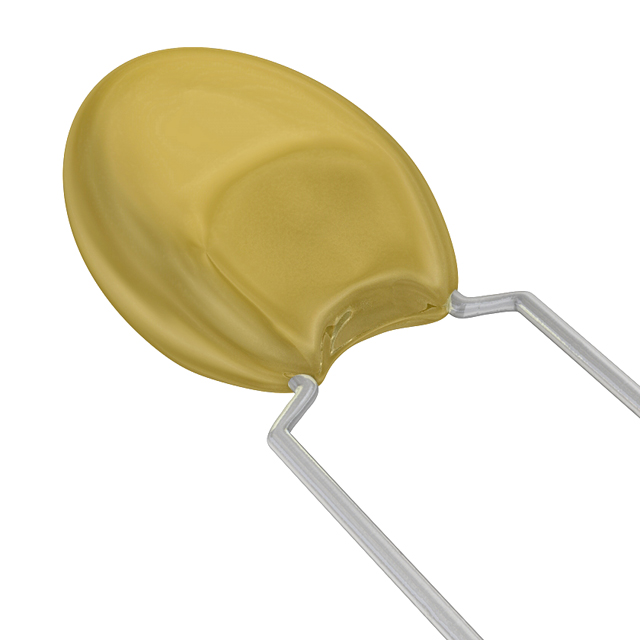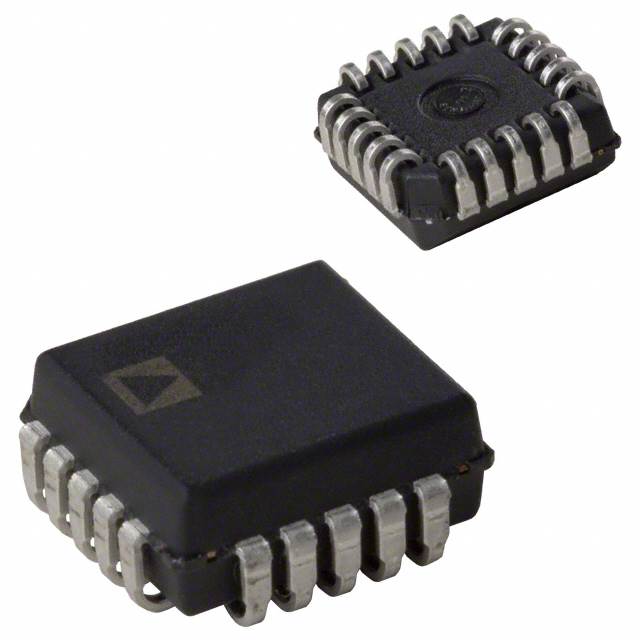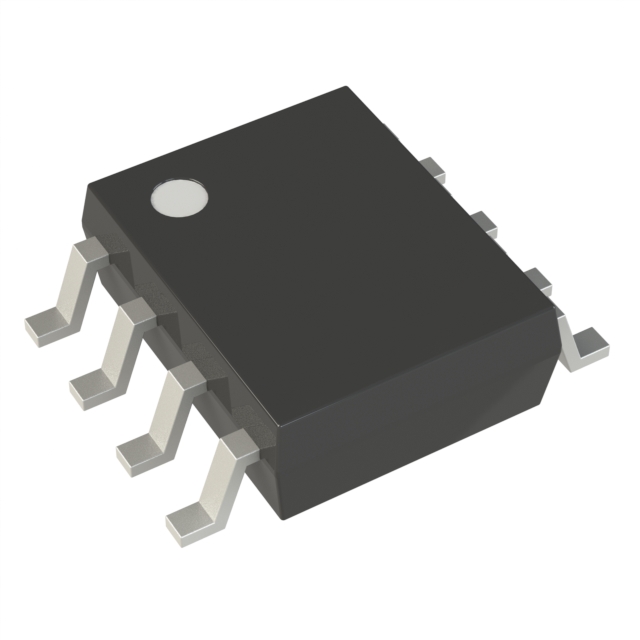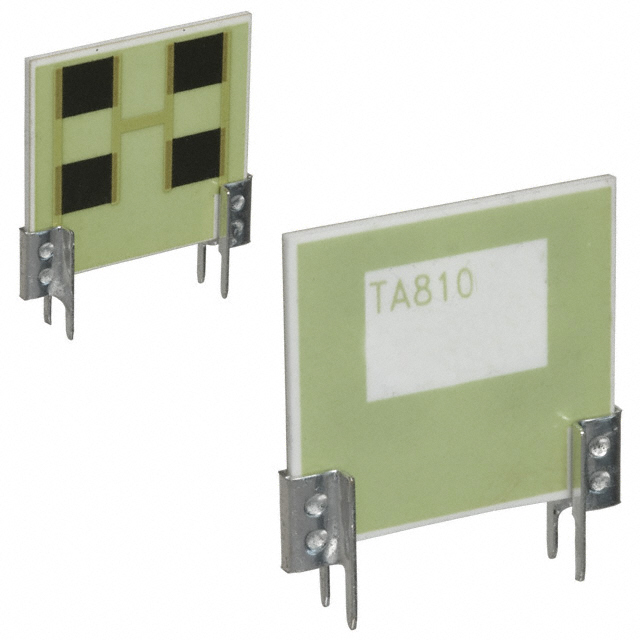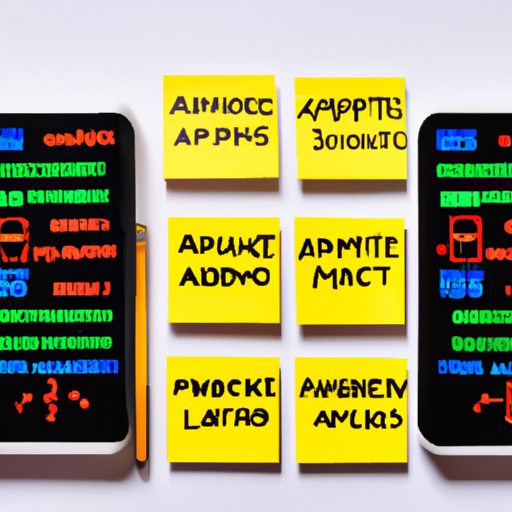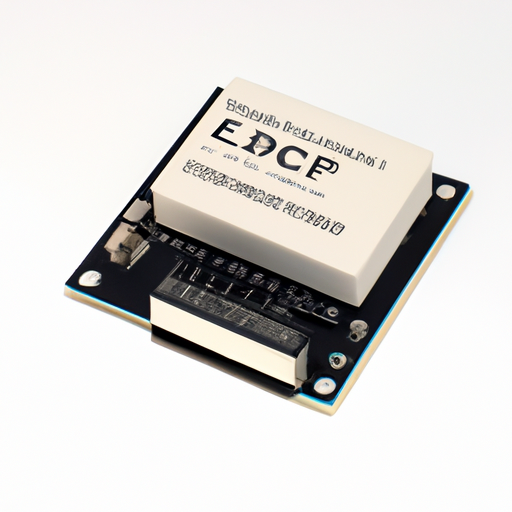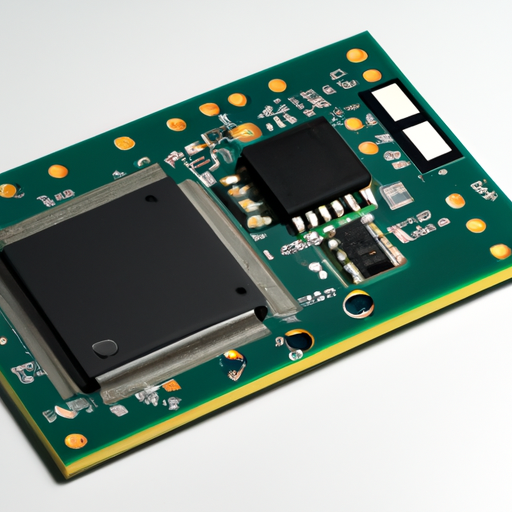
Certainly! Here’s a more detailed overview of microcontrollers, microprocessors, and FPGA modules, focusing on their core functional technologies and application development cases, including the ECS-F1HE335K microcontroller.
Core Functional Technologies 1. Microcontrollers (MCUs)
- **Architecture**: Microcontrollers like the ECS-F1HE335K often utilize ARM Cortex or similar architectures, integrating a CPU, memory (both RAM and Flash), and various peripherals on a single chip.
- **I/O Interfaces**: They support multiple communication protocols (I2C, SPI, UART) and General Purpose Input/Output (GPIO) pins, enabling interaction with sensors, displays, and other devices.
- **Power Management**: Designed for low power consumption, they feature various sleep modes, making them ideal for battery-powered applications such as wearables and IoT devices.
- **Real-Time Processing**: Many microcontrollers are equipped with real-time operating systems (RTOS) capabilities, allowing them to handle time-sensitive tasks effectively. 2. Microprocessors
- **Architecture**: Microprocessors are typically based on more complex architectures (e.g., x86, ARM) and are designed for high-performance applications requiring significant computational power.
- **Memory Management**: They support larger RAM and external memory interfaces, enabling the execution of complex applications and multitasking.
- **Operating Systems**: Capable of running full operating systems (Linux, Windows), they are suitable for applications that require a rich user interface and extensive software libraries.
- **Multicore Processing**: Many modern microprocessors feature multiple cores, allowing for parallel processing and improved performance in multi-threaded applications. 3. FPGA Modules
- **Reconfigurability**: FPGAs can be programmed to perform specific tasks, allowing for hardware customization that can be adapted to various applications.
- **Parallel Processing**: They excel in executing multiple operations simultaneously, making them ideal for high-performance tasks such as digital signal processing and real-time data analysis.
- **Integration**: FPGAs can integrate various functions (e.g., digital signal processing, logic functions, memory) on a single chip, reducing the need for multiple discrete components.
- **Development Tools**: Supported by comprehensive development environments (e.g., Xilinx Vivado, Intel Quartus), FPGAs allow for hardware design, simulation, and testing. Application Development Cases 1. Microcontrollers
- **IoT Devices**: The ECS-F1HE335K microcontroller can be utilized in smart home applications, such as smart thermostats or security systems, where it processes sensor data and communicates with mobile apps.
- **Automotive Applications**: Microcontrollers are integral to engine control units (ECUs), managing functions like fuel injection and sensor data processing for improved vehicle performance and efficiency.
- **Consumer Electronics**: Commonly found in household appliances (e.g., washing machines, microwaves), microcontrollers manage user interfaces and control operational tasks. 2. Microprocessors
- **Embedded Systems**: Microprocessors are used in automotive infotainment systems, running complex software for navigation, multimedia playback, and connectivity features.
- **Industrial Automation**: Employed in PLCs for controlling machinery and processes, microprocessors enable automation in manufacturing environments, enhancing efficiency and safety.
- **Robotics**: In robotic systems, microprocessors handle tasks such as image processing, path planning, and decision-making, enabling advanced functionalities in autonomous robots. 3. FPGA Modules
- **Signal Processing**: FPGAs are widely used in telecommunications for real-time signal processing in base stations, enabling efficient data transmission and reception.
- **Image Processing**: In applications like cameras and video processing systems, FPGAs perform real-time image enhancement and analysis, crucial for applications in security and surveillance.
- **Prototyping**: FPGAs are often used in the development of new hardware designs, allowing engineers to test and iterate on designs before committing to ASIC production, significantly reducing time-to-market. ConclusionMicrocontrollers, microprocessors, and FPGA modules each serve distinct roles in modern electronics and embedded systems. The ECS-F1HE335K microcontroller exemplifies the capabilities of MCUs in various applications, particularly in IoT and consumer electronics. Understanding the core technologies and application cases of these components enables developers to select the most appropriate solution for their specific project requirements, driving innovation across industries.

Application Development in Hot Swap Controllers for CFR-12JB-52-110R: Key Technologies and Success StoriesDeveloping applications for hot swap controllers such as the CFR-12JB-52-110R involves a comprehensive understanding of both the hardware capabilities and the software requirements necessary for effective hot swapping. Hot swap technology allows components to be replaced or added to a system without shutting it down, which is crucial for maintaining uptime in critical applications.
Key Technologies1. Hot Swap Controller ICs The CFR-12JB-52-110R is a specific model that likely includes features such as overcurrent protection, voltage monitoring, and fault detection. Understanding the specifications and capabilities of this controller is essential for application development. Key features to consider include:2. Power Management Effective power management is crucial in hot swap applications. This includes:3. Communication Protocols Many hot swap controllers support various communication protocols (I2C, SPI, etc.) for monitoring and control. Integrating these protocols into your application can enhance functionality and provide real-time feedback. This allows for:4. Microcontroller Integration Hot swap controllers are often interfaced with microcontrollers that handle the logic for managing the hot swap process. This includes:5. Firmware Development Writing firmware that can handle hot swap events, manage error states, and communicate with other system components is critical. This may involve:6. Testing and Validation Rigorous testing is necessary to ensure that the hot swap functionality works as intended under various conditions. This includes: Success Stories1. Telecommunications: Telecommunications companies have successfully implemented hot swap controllers in their network equipment. This allows for the replacement of faulty components without downtime, ensuring continuous service availability. For example, major telecom providers have reported reduced service interruptions and improved customer satisfaction. 2. Data Centers: In data centers, hot swap technology is used in power supplies and cooling systems. By allowing components to be replaced without shutting down servers, data centers can maintain high availability and reliability. This has led to significant cost savings and improved operational efficiency.
3. Industrial Automation: Hot swap controllers are used in industrial automation systems where equipment needs to be maintained without interrupting production. This has led to increased efficiency and reduced downtime in manufacturing processes. Companies in automotive and electronics manufacturing have reported enhanced productivity due to seamless maintenance.
4. Consumer Electronics: Some consumer electronics, such as high-end audio equipment and gaming consoles, utilize hot swap technology to allow users to replace or upgrade components easily. This enhances user experience and product longevity, as seen in modular gaming systems that allow for easy upgrades.
5. Medical Devices: In medical applications, hot swap technology is critical for devices that require high reliability and uptime, such as life-support systems. The ability to replace components without interrupting service can be a matter of life and death, leading to innovations in patient care and safety.
ConclusionDeveloping applications for hot swap controllers like the CFR-12JB-52-110R requires a solid understanding of both the hardware and software aspects of the technology. By leveraging key technologies and learning from successful implementations across various industries, developers can create robust applications that enhance system reliability and performance. The ongoing evolution of hot swap technology promises to further improve uptime and efficiency in critical applications, making it an essential area of focus for engineers and developers alike.

